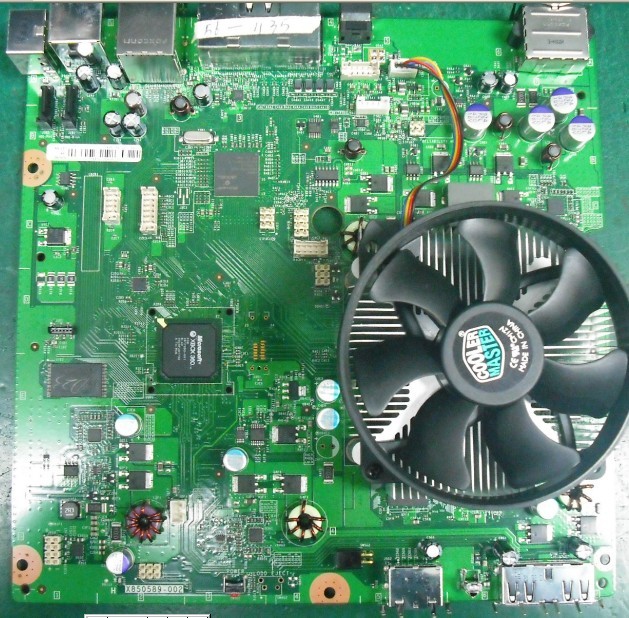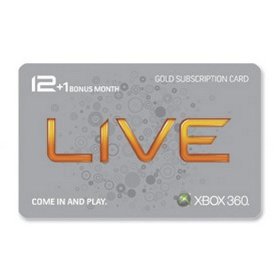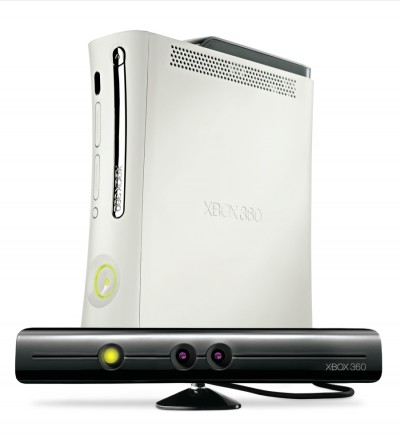![]() Microsoft let E3 come and go without a word on the price of Kinect for Xbox 360, but now the Microsoft Store lists a tentative price of $150 for the motion-sensing camera.
Microsoft let E3 come and go without a word on the price of Kinect for Xbox 360, but now the Microsoft Store lists a tentative price of $150 for the motion-sensing camera.
“Official pricing has not been announced,” warns the site. “$149.99 is an estimate only and subject to change.” MSNBC cites a Microsoft representative who said that price is based on retailer estimates. Last week, Gamestop started selling Kinect for pre-order, also for $150.
As PC World’s Matt Peckham speculates, Microsoft wants to start selling these things ASAP, and it’s better to offer a worst-case price and drop it before launch if necessary.
Still, why hold off on an official price during the big show? I can guess at a few reasons:
- Microsoft really hasn’t figured out pricing yet, or thinks it can bring the cost down between now and November 4.
- Microsoft is still figuring out bundles — both with Xbox 360 hardware and with Kinect games — and doesn’t want to make a big announcement on pricing until everything’s squared away.
- The general attitude in the press is that $150 is too expensive for Kinect (I beg to differ). Announcing a price at E3 could’ve derailed the product’s flashy debut.
- A tentative price lets Microsoft see how many people are interested by the E3 buzz alone.
I imagine the answer is a combination of all those factors, but its kind of silly to sell something at a placeholder price in any case. I hope Kinect’s real price stops being a mystery in a week or so.









